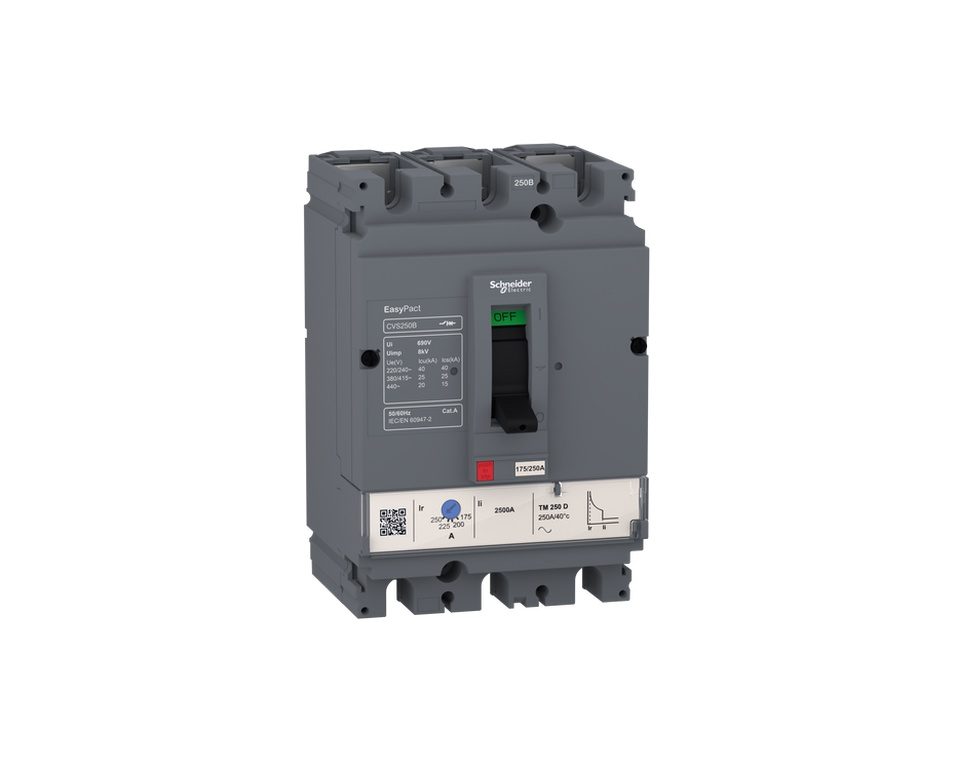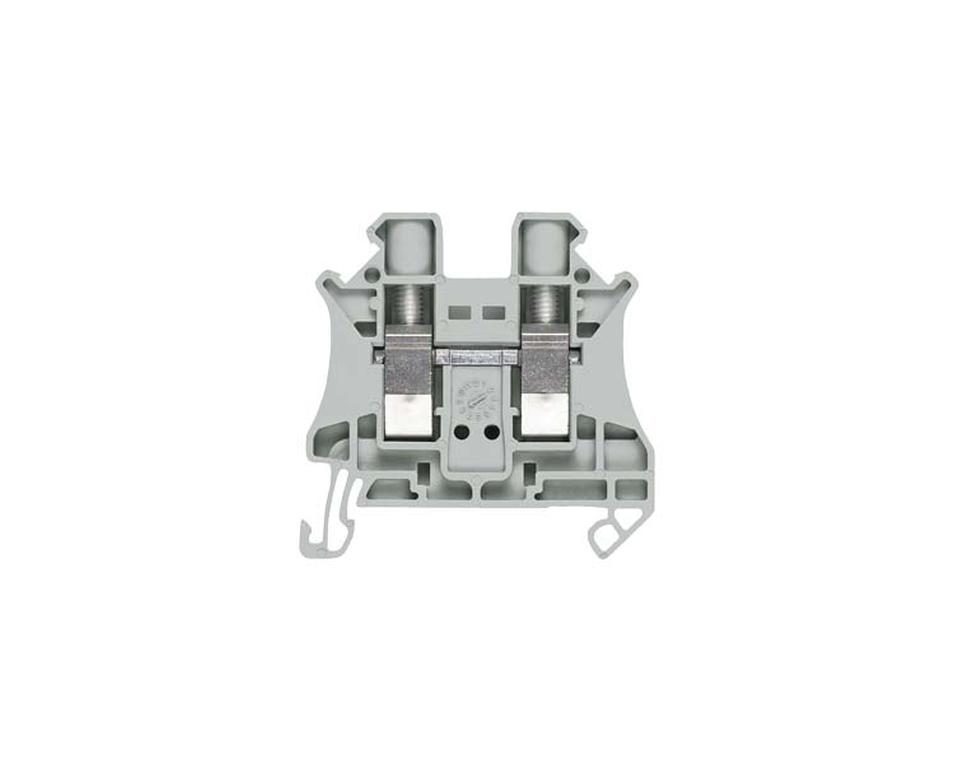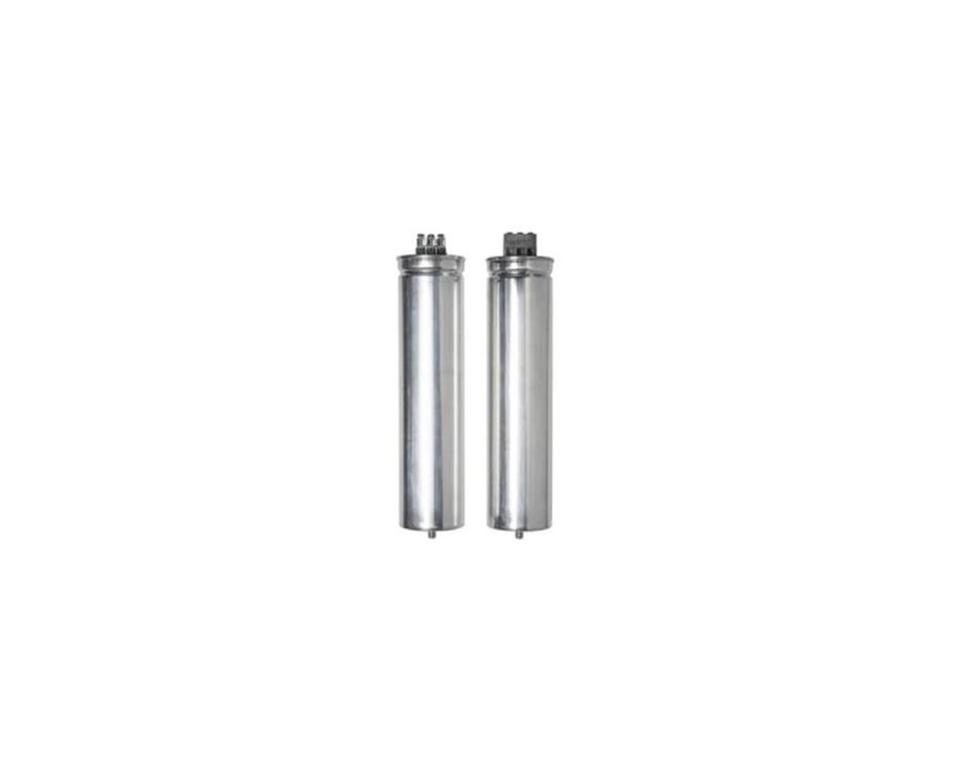Low Voltage: Protection and Monitoring for Every Installation
In all installations, from the smallest residential applications to the largest industrial facilities, as well as in every electrical energy distribution network, there is a fundamental need for protection and monitoring

Automatic circuit breakers and switch disconnectors are integral components for ensuring protection, interruption, and isolation. By choosing the right circuit breaker selection, we can achieve maximum protection and minimal downtime. Additionally, smart circuit breakers provide not only protection but also advanced monitoring capabilities. They enable real-time updates on the operational status of the circuit breaker, as well as key parameters such as current, power, and even harmonic distortion in the network.
The right selection of breakers can also reduce overall costs and simplify the complexity of applications. This includes functions like automatic transfer switching, source paralleling, and load management (load shedding). A wide range of accessories is available for these breakers, such as status contacts, control coils, remote operation motors, and more.
Terminal blocks are widely used in electrical panels, serving both residential and industrial applications. They are available in various configurations, including screw-type, push-in, two-tier, or three-tier terminals, depending on the requirements. Additional accessories, such as covers, connecting combs and labels, ensure comprehensive coverage for every need.


Correcting the power factor is one of the primary challenges faced by engineers. To achieve the optimal solution, it is essential to define the type of compensation (local, centralized, or group) and then select the appropriate materials. These materials include capacitors, capacitor relays designed to handle high inrush currents, reactive power controllers, detuning reactors, and more.
When selecting the right equipment, it is critical to consider harmonic distortion in the network, as it can significantly affect the lifespan of capacitors. Proper equipment choices ensure efficient operation, reduced costs, and improved overall performance of the installation.

